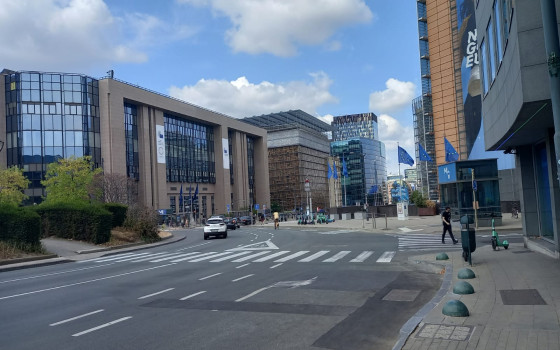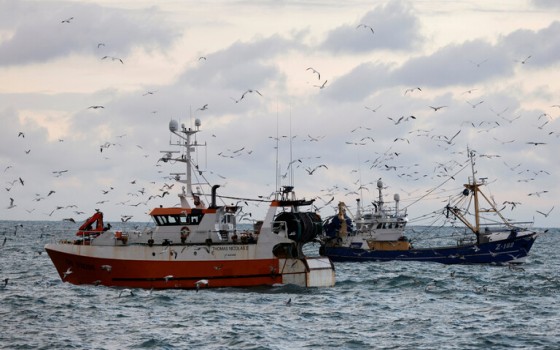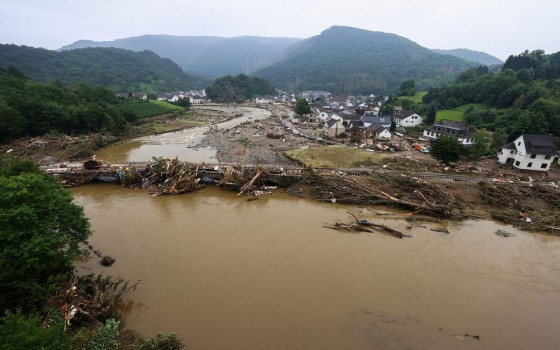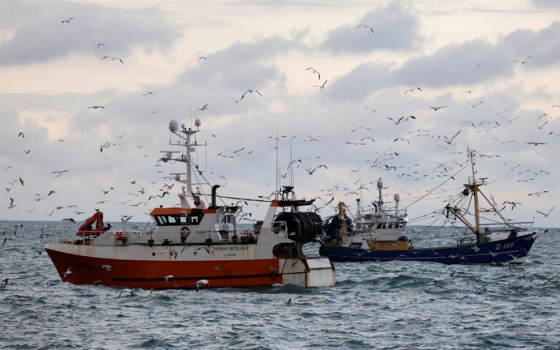
Agreement to reduce final energy consumption at the EU level by 11.7% in 2030

- Europe and Arabs
- Friday , 10 March 2023 14:39 PM GMT
Brussels: Europe and the Arabs
The Presidency of the European Council representing Member States and European Parliament negotiators today reached an interim political agreement to reduce final energy consumption at EU level by 11.7% in 2030. Member States will benefit from flexibility in reaching the target.
According to a statement issued by the EU institutions in Brussels, member states must collectively ensure that final energy consumption is reduced by at least 11.7% in 2030, compared to the 2030 energy consumption forecast made in 2020. This translates into an upper limit for final energy consumption. For the European Union, which is 763 million tons of oil equivalent and 993 million tons of oil equivalent for primary consumption.
A consumption limit for final consumption will be binding on member states collectively, while a target for primary energy consumption will be indicative.
Final energy consumption represents the energy consumed by end users, while primary energy consumption also includes what is used to produce and supply energy.
National contributions and filling the gaps
The Council and Parliament agreed that all Member States will contribute to the overall EU goal through indicative national contributions and pathways, defined by Member States in their National Integrated Energy and Climate Plans (NECPs). New national partnership plans are scheduled to be updated in 2023 and 2024.
The formula for calculating national contributions towards the target (defined in Annex I of the proposal) will be indicative, with a possible deviation from it of 2.5%.
The committee will calculate whether all contributions add up to the 11.7% target, and if not, issue corrections for national contributions that are less than they would have if the formula had been used (the so-called gap-filling mechanism).
The formula depends, among other things, on energy intensity, per capita GDP, development of renewable energy sources and energy saving potential.
Energy saving
The Council and Parliament approved a gradual increase in the annual energy savings target for final energy consumption from 2024 to 2030. Member states will ensure new annual savings of 1.49% of final energy consumption on average over the period, gradually reaching 1.9% on December 31 ( December) 2030.
Participating lawmakers agreed that member states can count on target, energy savings achieved through policy measures under the current and revised Energy Performance Directive for Buildings; measures stemming from the European Union ETS (for installations, buildings and transport); emergency power measures.
Leading the public sector by example
The Assembly and Parliament approved a specific commitment for the public sector to achieve an annual reduction in energy consumption of 1.9% that could exclude public transport and the armed forces. In addition, member states will be required to renovate at least 3% each year of the total area of buildings owned by public bodies.
next steps
The provisional political agreement reached today will first be submitted to the Council's Permanent Representatives Committee and the Parliament's ITRE Committee for approval. The directive would then need to be formally approved by Parliament and then the Council, before being published in the Official Journal of the European Union and entering into force.
The proposal to revise the Energy Efficiency Directive, together with other proposals, addresses the energy aspects of the EU climate transition under the 'Fit for 55' package. The Commission presented the “Fit for 55” package on 14 July 2021. This package aims to align the EU’s climate and energy legislative framework with the 2050 climate neutrality target and with its goal of reducing net greenhouse gas emissions by at least 55% by 2030 compared to at 1990 levels. The package consists of a series of interrelated proposals, which either amend existing legislation or advance new initiatives in a range of policy areas and economic sectors.
In addition, as part of the REPowerEU plan, the Commission proposed on 18 May 2022 a series of additional targeted amendments to the Energy Efficiency Directive to reflect recent changes in the energy landscape. The elements of the proposal were incorporated into the inter-institutional negotiation process between the Council and Parliament.
The current Energy Efficiency Directive, in force since December 2018, sets a target of reducing primary and final energy consumption by 32.5% by 2030 at EU level, compared to the 2030 energy consumption forecast made in 2007.












No Comments Found